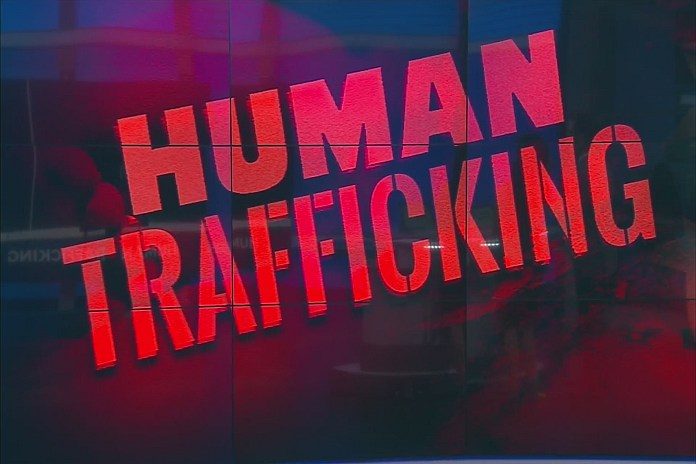MCLEAN, Virginia – Each year, more than 40 million men, women, and children are trafficked worldwide. It manifests in numerous forms and has grown into a multi-billion-dollar illegal enterprise that is difficult to detect, prosecute and examine. Risk analysis is a critical tool for combating human trafficking and is central to informing global policy recommendations and assisting with targeted local and organizational efforts.
Several studies will be presented during the Addressing Human Trafficking Risk symposium at the 2019 SRA Annual Meeting at the Crystal Gateway Marriott in Arlington, Virginia.
Many non-governmental organizations (NGOs) work to reduce human trafficking but often fail to understand the context and environment before taking action, resulting in ineffective and sometimes detrimental policies. JD Caddell, US Military Academy, studied how girls were lured and trafficked by reframing the situation as a supply chain and looking at both supply and demand.
Caddell’s study, “Using system dynamics to set strategic priorities to address human trafficking,” revealed that NGO’s actions aimed solely at removing girls from the system yields few long-term benefits and creates more victims in the long run while raid and rescue operations only yield short-term gains.
“Many organizations use to raid and rescue models because they provide ‘results,’ in terms of girls saved, which provides validation and a mechanism for future NGO fundraising,” states Caddell. “However, our study showed that focusing on the demand side of the problem is more likely to generate large scale and sustainable progress.”
Because human trafficking is hidden, illegal and dangerous, it is difficult to gather the data needed to develop effective quantitative models and their response to interventions. Kayse Lee Maass, Ph.D., Northeastern University, has been working with survivors, law enforcement personnel and social scientists to better understand the structure and operations of trafficking networks, how they adapt and the dependencies between their cyber and social networks.
Maass’s study, “Modeling operations of human trafficking networks for effective interdiction,” provides non-profits, service providers, policymakers and other anti-trafficking stakeholders with decision support tools to effectively allocate resources to disrupt networks and ensure survivors have access to support services.
Similarly, Julia Coxen, University of Michigan, has approached the problem by decomposing the risks of human trafficking into the risks to public health, security and to the community. Coxen’s study, “Risk analysis as a critical tool for human trafficking,” helps decision-makers better understand the complexities of human trafficking. The study also highlights the need for more evidence-based and quantitative risk analysis research to combat this global issue that impacts all levels of society.





